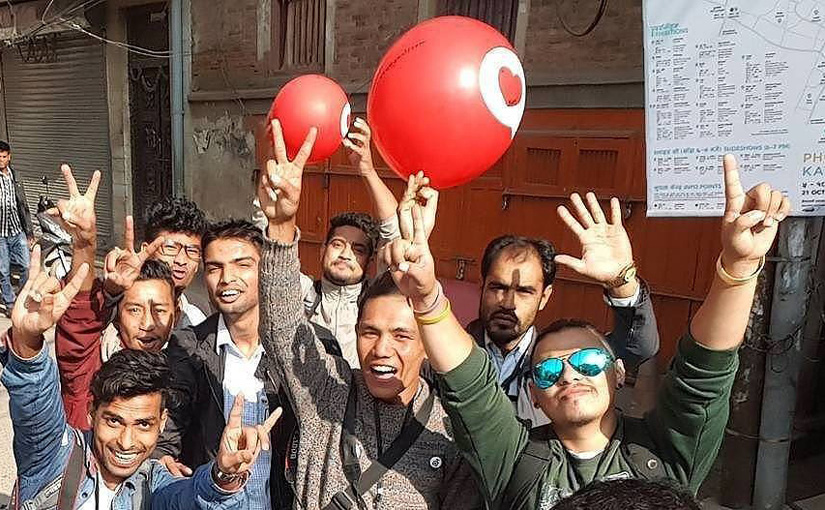From documenting the aftermath of the earthquakes in Nepal to facilitating humanitarian efforts and linking donors directly to people in need, one hashtag has made a world of difference.
Social media is often blamed for the rise of a narcissistic culture among millennials and Instagram, with a myriad of filters and facilitation of the “selfie culture”, often cops most of the blame.
With more than 80 million photos being uploaded to the platform each day, some commentators are saying we are, increasingly, becoming our own publicity agents and seemingly constructing a picture-perfect stories of their lives.
It raises an interesting question: is this the only use of Instagram and is the platform to blame?
No, says Tara Bedi who hosted Handles, Hashtags and Humanity at Photo Kathmandu.
“Instagram can be very empowering and one of the most effective tools [out there] to mobilising people to take action,” she says.
Bedi is the co-founder of #NepalPhotoProject, an Instagram account and hashtag that started one day after the Nepal earthquakes in April 2015.
Bedi and photographer Sumit Dayal wanted to showcase images of what was happening on the ground in Nepal for the world to see.
“Images are a universal language, they transcend gendered, cultural and national boundaries” Bedi says.
Photos are great for creating and connection, she added.
So Bedi and Dayal reached out to photographers in Nepal and asked them to post their photos to #NepalPhotoProject, advising them to include who, what, where and when in their captions.
Fast forward 18 months and #NepalPhotoProject has more than 82.6k followers.
Not only has the hashtag provided a window into Nepal for the world to see, it has facilitated numerous humanitarian efforts and donations from across the world directly into the hands of those who need it most.
No middle man, just genuine grassroots action and all possible because of the social media platform, Bedi says.
Once the global media got wind of NepalPhotoProject photo editors from around the world, including the New York Times and the Guardian started contacting Bedi and her team requesting to use the photos to accompany their articles – with permission from the photographer and appropriate credits, of course.
NepalPhotoProject, originally set up to document the aftermath of the earthquake, is still going strong, but the narrative has now changed.
If picture says a thousand words, these days the photos tell a story of resilience, hope and rebuild.
“A lot of our photos are now about attracting tourism to support the rebuild,” Bedi says.
As such, many of the photos are taken by tourists themselves and capture the beauty and majesty of the country and its people.
The storytelling element of Instagram posts is important, Bedi says.
It has also been used effectively by other social movements to counter negative perceptions, empower a community and inspire action.
#fatherfigureproject #blacklivesmatter #communityfirst and #livelovebeirut were a few of the examples she showed to a crowd of more than 25 moves and shakers at Nepal Innovation Lab.
Bedi encourages Instagram users to think outside their immediate lens and use the platform to tell the story of their society.
“Most people are just using Instagram to document and tell the story of their own lives. But imagine… imagine what they could do if they knew could use it to support a cause,” Bedi says.
Tara Bedi now works for Instagram and runs community workshops around India.

